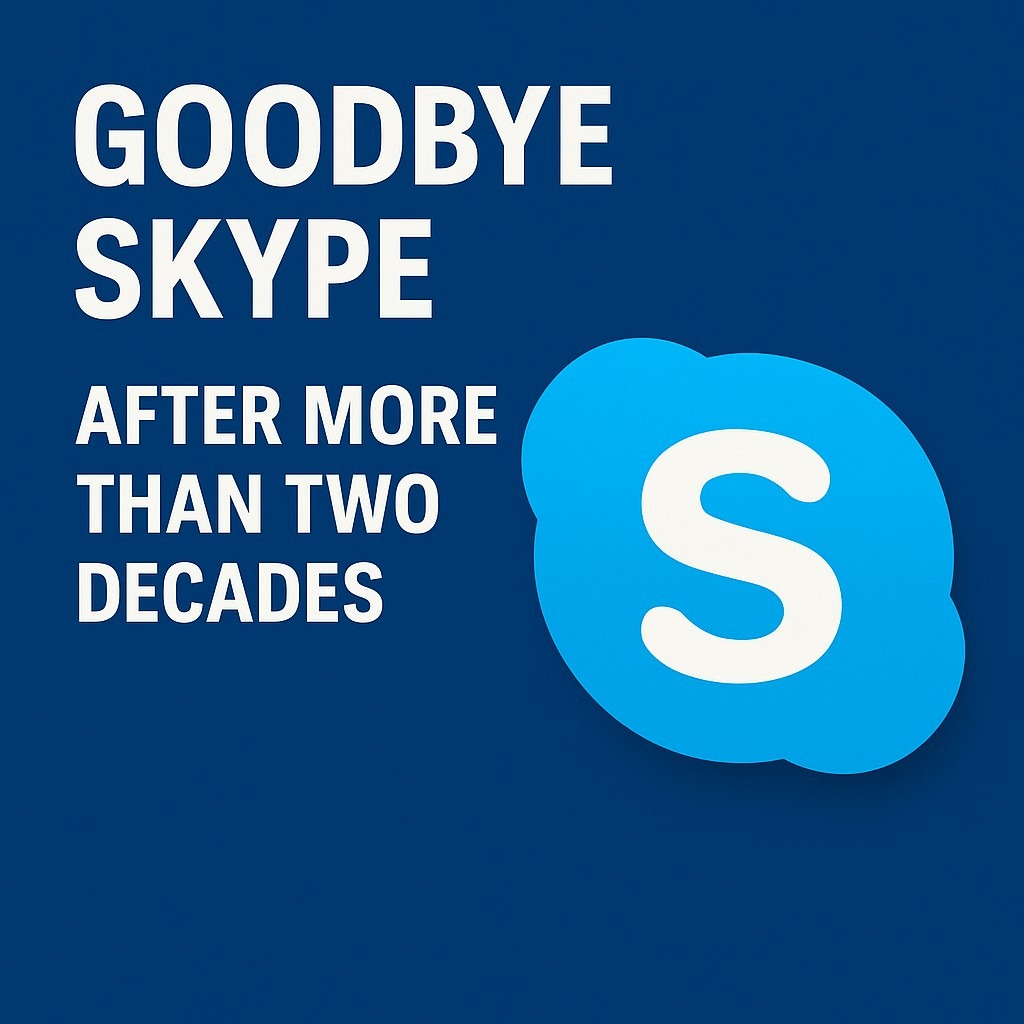For years, Skype was the face of online calls. It made video conferencing mainstream and helped bridge long-distance gaps. But now, after two decades, Microsoft has officially shut Skype down — a quiet farewell to a once-iconic tool.
The Rise and Fall of Skype
Skype launched in 2003 and quickly became a go-to for personal and business communication. By 2011, Microsoft had acquired it for $8.5 billion, betting big on its global potential. Yet, the platform didn’t evolve fast enough. While Zoom and Teams innovated, Skype lagged.
According to FOX, Microsoft quietly ended Skype support in early 2025. Surprisingly, many users didn’t even notice. That speaks volumes.
Why Microsoft Teams Took the Lead
Microsoft didn’t abandon communication tools. Instead, it funneled energy into building Teams — its modern, AI-powered collaboration platform.
Here’s what Teams did right:
- Integrated apps: Teams ties in with Word, Excel, and Outlook, making it seamless for office workflows.
- AI enhancements: From real-time transcription to meeting recaps, Teams became a smart assistant.
- Better UX: The interface felt fresh and mobile-ready, unlike Skype’s outdated design.
Meanwhile, Skype remained basic. It didn’t scale well for businesses or support advanced features. Over time, users jumped ship.

AI: The Silent Game-Changer
Artificial intelligence played a huge role in this shift. Teams embraced AI while Skype stuck to its core.
Consider features like:
- Auto-generated meeting notes
- Noise suppression
- Smart scheduling suggestions
These aren’t just nice-to-haves anymore. They’re expected. In 2024, Microsoft added Copilot AI to Teams, turning it into a productivity hub. That left Skype looking ancient by comparison.
What This Means for the Future
The end of Skype marks more than just a product retirement. It shows how quickly tech shifts. Platforms that once dominated can fade when they don’t innovate.
This isn’t the first time it’s happened. Think of how Internet Explorer gave way to Chrome. Or how MySpace vanished while Facebook grew. The tech world doesn’t wait.
With Teams now fully backed by Microsoft, it’s clear where the company sees the future. Even Microsoft says Teams is its “hero product” for collaboration. And with AI only becoming more vital, we can expect even faster changes ahead.
Key Takeaways for Users and Businesses
- Adapt early. Tools that evolve with tech trends survive. Those that don’t will disappear.
- AI is here to stay. From Slack to Zoom, AI features are now standard. Ignoring them is a risk.
- Unified platforms win. Skype was standalone. Teams integrates everything — a model users now prefer.
For businesses still using older tools, this is a wake-up call. The workplace is transforming. It’s time to move with it.
Final Thoughts
Skype changed how the world connected. But in today’s AI-driven age, speed and smart features matter more. Microsoft Teams took those needs seriously, and it paid off.
Want more proof? Just ask Gartner. They list “AI-augmented work” as a top tech trend for 2025. That’s the future — and Skype simply didn’t keep up.
As we move ahead, let’s remember: innovation doesn’t wait. If a tool stops improving, users will move on. Just like they did with Skype.


